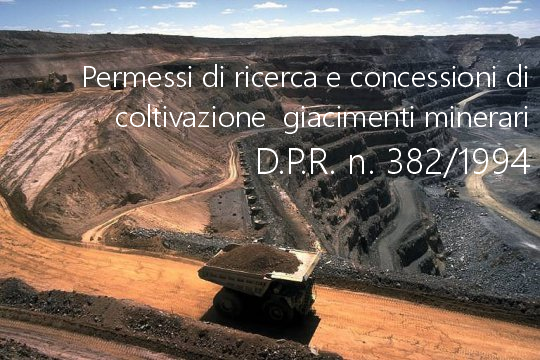Informazione tecnica HSE / 25 ° anno
/ Documenti disponibili:
45.651
/ Documenti scaricati: 34.680.891
/ Documenti scaricati: 34.680.891
The Air quality in Europe report series from the EEA presents regular assessments of Europe's air pollutant emissions, concentrations and their associated impacts on health and the environment.
Based upon the latest official data available from countries, this updated 2018 report presents new information, including:
The current report presents an updated overview and analysis of air quality in Europe from 2000 to 2016. It reviews the progress made towards meeting the air quality standards established in the two EU Ambient Air Quality Directives and towards the World Health Organization (WHO) air quality guidelines (AQGs). It also presents the latest findings and estimates on population and ecosystem exposure to the air pollutants with the greatest impacts and effects. The evaluation of the status of air quality is based mainly on reported ambient air measurements, in conjunction with modelling data and data on anthropogenic emissions and their evolution over time.
For the first time, the Air quality in Europe report presents information on concentrations for most air pollutants at country level for all of the EEA-39 countries (the 33 member countries and six cooperating countries). This is thanks to an improvement in the official reporting of data by all countries. We would like to recognise and acknowledge the support from the air quality experts in the different countries.
In 2016, 17% of stations registered concentrations above the EU ozone (O3) target value for the protection of human health. The percentage of stations measuring concentrations above this target value was considerably smaller than in 2015 (41%) but higher than in 2014, reflecting the interannual variability of O3 concentrations. These stations were located in 14 of the EU-28 and five other reporting European countries. The long-term objective was met in only 17 % of stations in 2016. The WHO AQG value for O3 was exceeded in 96 % of all the reporting stations, the same percentage as in 2015.
About 12 % of the EU-28 urban population was exposed to O3 concentrations above the EU target value threshold, which is a considerable decrease compared with the high exposure of 2015 (30 %). However, the percentage is still higher than the 7 % recorded in 2014. The percentage of the EU-28 urban population exposed to O3 levels exceeding the WHO AQG value was 98% in 2016, scarcely showing any fluctuation since 2000 (Table ES.1).
The annual limit value for nitrogen dioxide (NO2) continues to be widely exceeded across Europe, even if concentration and exposure are decreasing. In 2016, around 12 % of all the reporting stations recorded concentrations above this standard, which is the same as the WHO AQG. These stations were located in 19 of the EU-28 and four other reporting countries, and 88 % of concentrations above this limit value were observed at traffic stations.
Table ES.1 Percentage of the urban population in the EU-28 exposed to air pollutant concentrations above certain EU and WHO reference concentrations (minimum and maximum observed between 2014 and 2016)
PM10 concentrations continued to be above the EU daily limit value in large parts of Europe in 2016 (27 countries). Map 3.1 shows concentrations of PM10 in relation to the daily limit value. 19% of stations reported concentrations of PM10 above this daily limit value in 19 Member States and eight other reporting countries (see Figure 3.1). 97 % of those stations were either urban (87 %) or suburban (10 %). Some of these high daily mean PM10 levels were observed during high PM10 pollution episodes in the winter, spring and autumn of 2016.
Map 3.1 Concentrations of PM10, 2016 — daily limit value
Map 3.2 Concentrations of PM10, 2016 — annual limit value
Map 3.3 Concentrations of PM2.5, 2016 — annual limit value
Fonte
EEA 2018
Collegati
La direttiva 2010/75/UE stabilisce norme riguardanti la prevenzione e la riduzione integrate dell’inquinamento proveniente da attività industriali.
Essa fissa inoltre norme int...

Disciplina dei procedimenti di conferimento dei permessi di ricerca e di concessioni di coltivazione di giacimenti minerari di interesse nazionale e di interesse locale.
(...
Decreto del Ministro dell’Ambiente e della Sicurezza Energetica del 10 luglio 2024 n. 256 recante la disciplina delle modalità e dei criteri per il soddisfacimento d...
Testata editoriale iscritta al n. 22/2024 del registro periodici della cancelleria del Tribunale di Perugia in data 19.11.2024